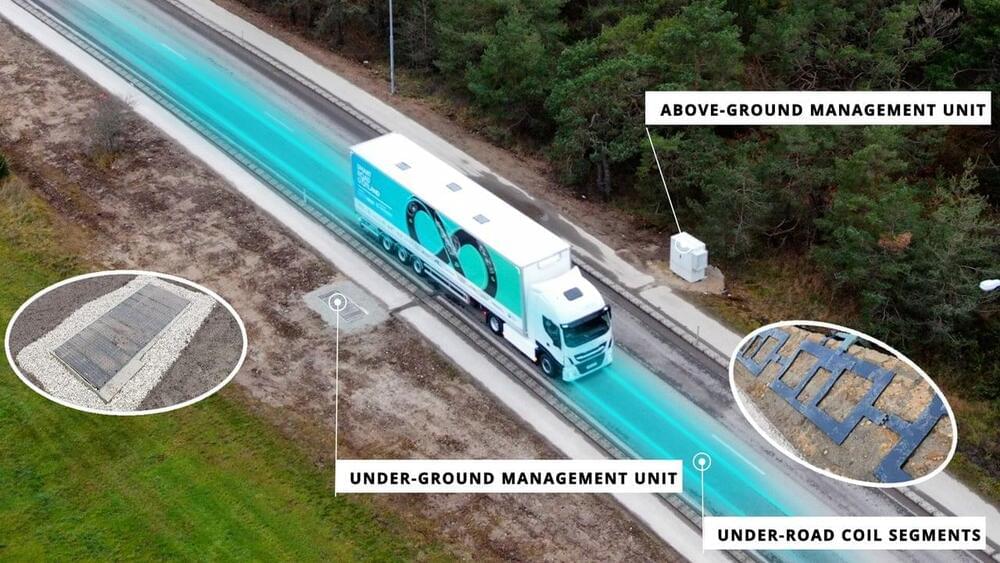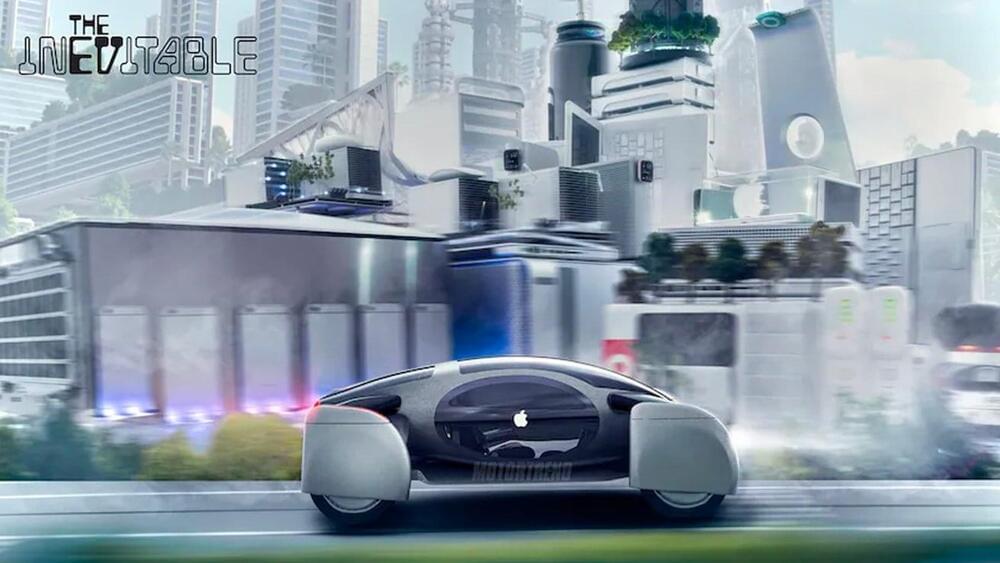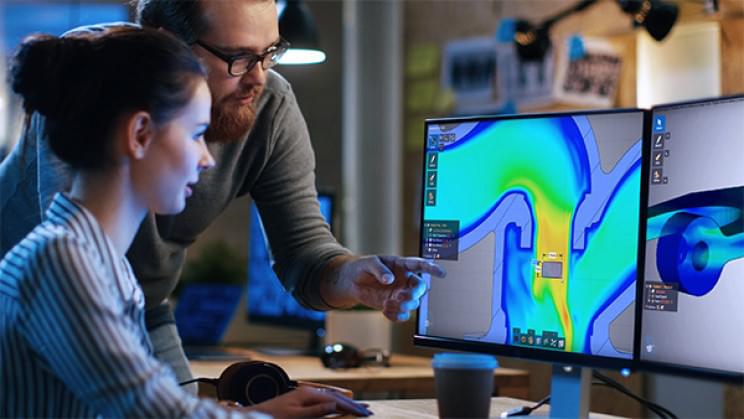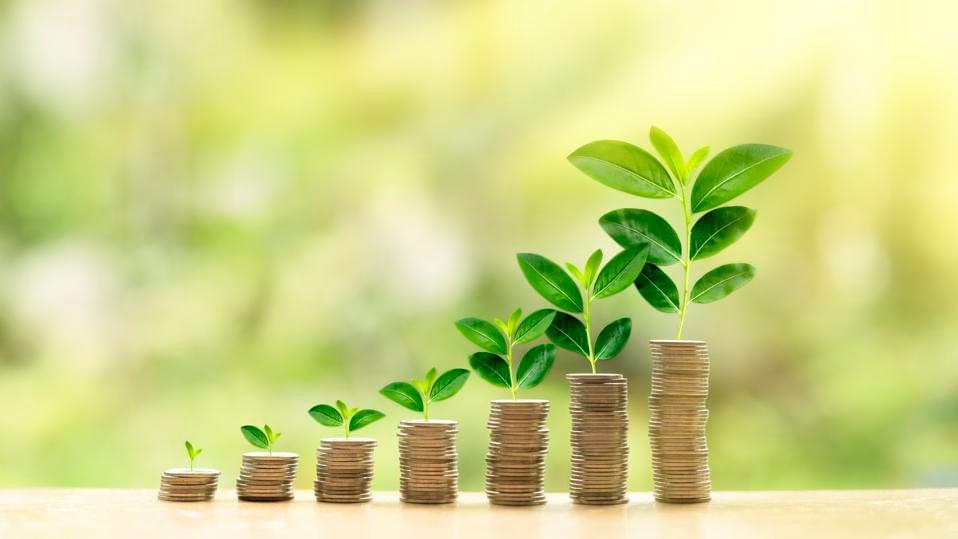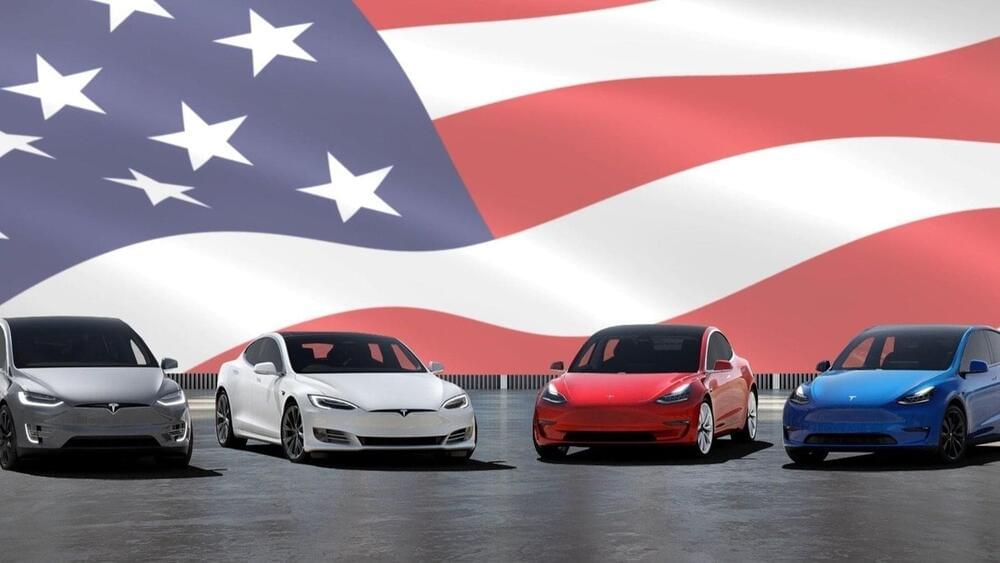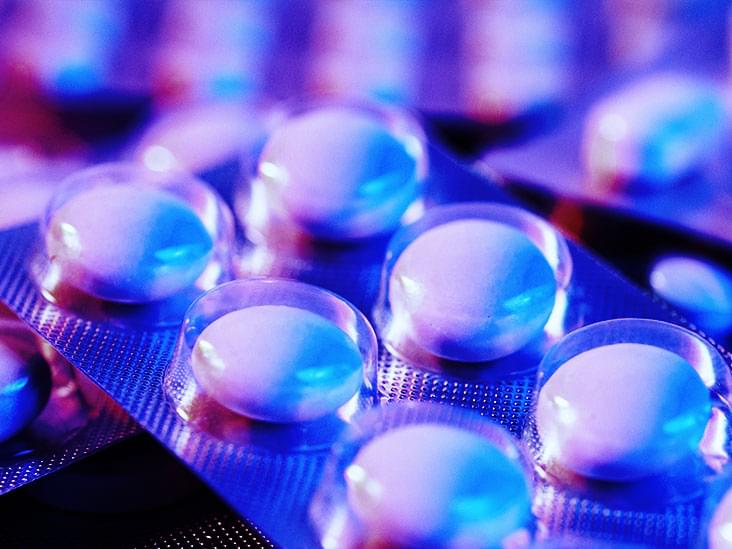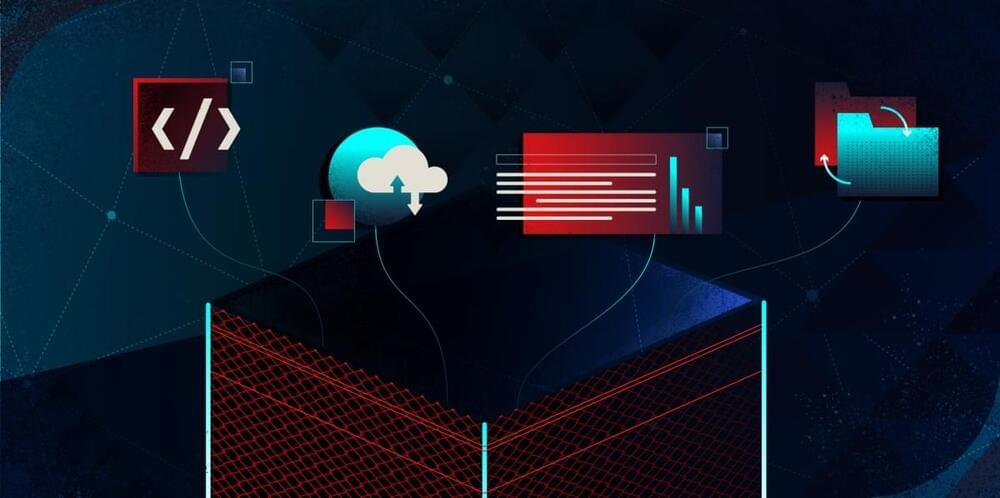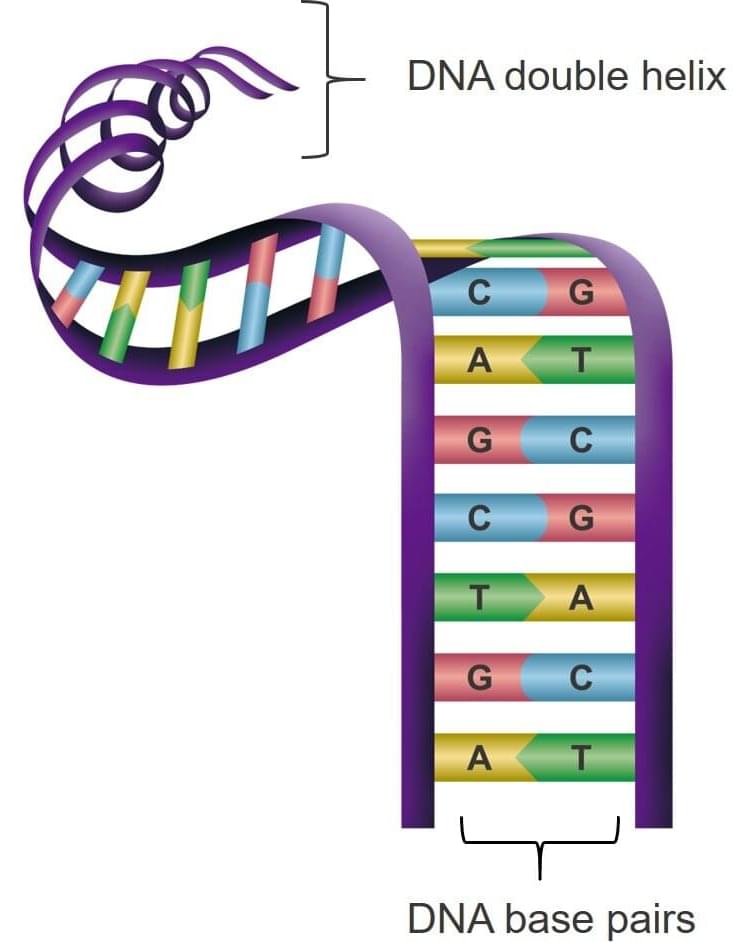“Beneficial Viruses” For Human Health, Agriculture And Environmental Sustainability — Dr. Marilyn Roossinck, Ph.D., Professor Emeritus, Penn State
Dr. Marilyn Roossinck Ph.D. (https://plantpath.psu.edu/directory/mjr25) is Professor Emeritus of plant pathology, environmental microbiology and biology at Penn State University.
Dr. Roossinck is an expert on viruses, from their evolutionary pressures and mechanisms, to the ecology of viral diseases. She performed some of the first experimental evolution studies on plant viruses and pioneered the first virus discovery work in a terrestrial system, by deep sequencing wild plant samples. A specialty of hers is the symbiotic relationships between plants and so-called “beneficial viruses.”
Dr. Roossinck completed her undergraduate work at the University of Colorado, Boulder, receiving a biology degree in 1982. Four years later, she earned her doctorate in microbiology and immunology from the University of Colorado School of Medicine.
Dr. Roossinck joined Penn State as professor of plant pathology and environmental microbiology and of biology in 2011, holding appointments in the College of Agricultural Sciences and the Eberly College of Science. She taught courses in virus ecology for several years at Penn State, and also has published both a popular press book about viruses entitled “Virus: An Illustrated Guide to 101 Incredible Microbes” as well as the academic text “Plant Virus Evolution”.
